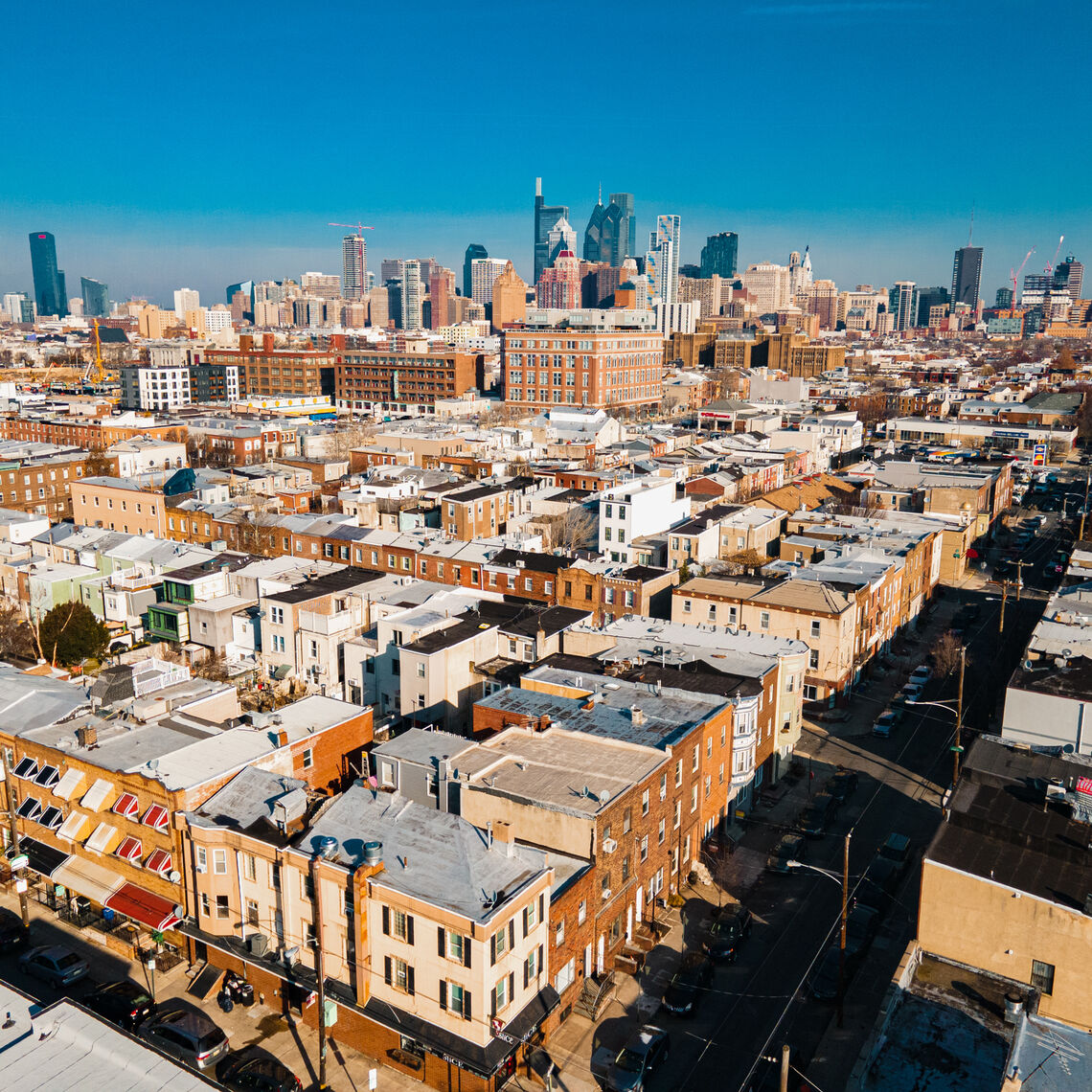
press release
The Center Holds: Residential Resiliency 2022
Contact:
JoAnn Loviglio
T 215.440.5546
jloviglio@centercityphila.org
FOR IMMEDIATE RELEASE
CCD/CPDC Annual Housing Report Examines City’s Post-Pandemic Residential Sector
PHILADELPHIA (February 22, 2022) – For the last two decades, Greater Center City has been the fastest growing residential section of both Philadelphia and the entire region. The events of 2020 seemed to challenge this momentum, however, as speculation rose that residents in all large cities might abandon downtowns for good.
Yet, the center held.
After a temporary dip in population, as many college students returned home and some owners of second homes relocated, the number of downtown residents on sidewalks in Center City had rebounded to 2019 levels by the end of 2021. Rents and home sale prices held up and the number of newly-permitted residential units in both Center City and citywide reached the highest point in decades at the end of 2021.
“In the last two decades, land-use downtown diversified, the geography of residential Center City expanded, housing unit size increased, new apartment and condo buildings featured enhanced amenities, while retail and restaurant offerings in extended and adjacent neighborhoods began to approach those available downtown. The pandemic appears to have accelerated these trends,” CCD President Paul R. Levy said.
“At the same time, the absence of office workers and hotel guests temporarily reduced vitality and job opportunities in the Center City core, impacting both those who live there and residents throughout the city who rely on service jobs downtown. The economy of the city and the well-being of its residents are closely intertwined and, while the rebound in 2021 was substantial, there still is work to do to achieve full recovery,” he said.
For a narrative of trends, along with explanatory charts, download the new 20-page housing report from Center City District/Central Philadelphia Development Corp. (CCD/CPDC), The Center Holds: Residential Resiliency 2022.
Among the report’s findings:
- Residential sales in core Center City declined by 9% in 2020 but rebounded by 52% in 2021, while in the neighborhoods immediately adjacent to the central business district, where many residents were now working remotely, sales rose by 12% in 2020 and by 30% in 2021.
- The number of days that for-sale residential properties spent on the market rose by 21% in core Center City and by 2% in extended Center City from 2020 to 2021. However, by the end of 2021, volume and sales price appreciation were both outperforming 2019.
- In the rental sector, the disruptions of 2020 were more apparent, given both the shorter tenure of apartment leases and the greater volume of new supply. Conditions rebounded quickly in 2021, however, as effective rent per square foot in Center City rose 13.6% from Q4 2020 to Q4 2021, compared to 10.6% in Philadelphia as a whole.
- Multifamily vacancy within Center City increased to 12.4% in 2020 but then fell to 7.3% in 2021.
- Pre-pandemic, both the median gross rent and the median value of owner-occupied homes in Philadelphia ranked 21st, making us one of the most affordable of the 30 largest U.S. cities.
- Philadelphia’s affordability challenge continues to be a problem not of expensive housing but of low incomes, with 54% of the city’s pre-pandemic renter households and 28% of home owners being “cost burdened,” devoting more than 30% of their income to housing.
- With whatever challenges Philadelphia faced, it compares very well with its peer cities. Rents declined more moderately in Philadelphia and rebounded faster and by November 2021, they exceeded January 2020 levels by 7%.
“Successful cities attract those with education, talent and skills who can live anywhere, while providing opportunities for those whose choices historically have been limited. Businesses form, grow and are drawn to places where they find talent; talent is attracted to cities that offer a great quality of life and career prospects. This virtuous circle has driven population and job growth downtown in the last two decades, while creating a widening ring of opportunity,” CCD President Paul Levy added.
“Philadelphia thus must focus more on retaining those we have attracted, as they build families and advance careers, while ensuring that the development and construction industry better reflects the demography of the city. That means faster job growth, a more competitive business environment and tax structure for firms large and small, facilitating the growth of Black and brown businesses and continued investment in public schools. It means overcoming the false choices that divide so much contemporary discourse: at the local level, greater prosperity that broadens the tax base is the fastest path to progressive goals; without growth and rising incomes, there can be no equity nor upward mobility. The housing success story of Center City – job growth driven by improving quality of life and economic opportunity – needs to be adapted and replicated citywide,” he said.
To read and download the report, visit CCD’s research page: https://centercityphila.org/research-reports/the-center-holds-residential-resiliency-2022.
In The News
March 7, 2022 | Report: Center City housing rebounds to pre-pandemic levels, defying expectations, KYW Newsradio
February 24, 2022 | Center City housing rebounding from pandemic lows, Axios Philadelphia
February 23, 2022 | 5 takeaways from a housing report focused on Center City, The Philadelphia Inquirer
February 22, 2022 | After some pandemic setbacks, Center City apartment market regains momentum, Philadelphia Business Journal
***
Center City District, a private-sector organization dedicated to making Center City Philadelphia clean, safe and attractive, is committed to maintaining Center City’s competitive edge as a regional employment center, a quality place to live, and a premier regional destination for dining, shopping and cultural attractions. Find us at www.centercityphila.org and on Facebook and Twitter.